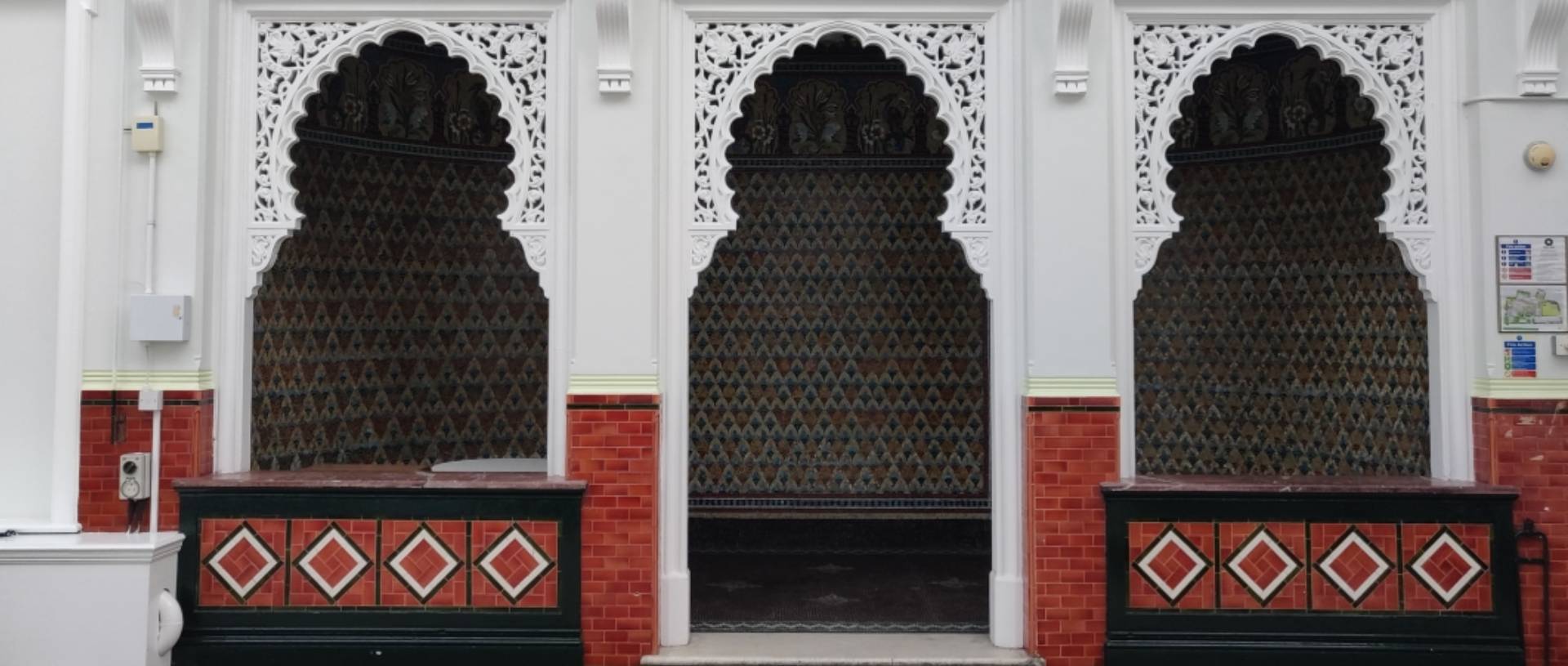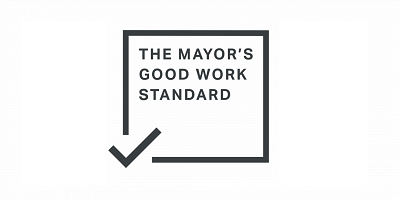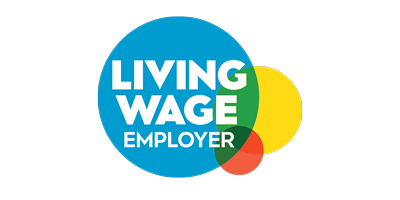Spring Grove House is a Grade II listed building dating from the 18th century. It was originally the home of the famous botanist Sir Joseph Banks, who sailed the world with Captain Cook. The house was magnificently expanded and rebuilt in the late 19th century for the Pears family (of Pears soap fame) and retains much of its Victorian splendour.







Sir Joseph Banks
Sir Joseph Banks was one of the most eminent naturalists of his time, encouraging the growth of science and pioneering botanical experiments. Banks went on many voyages of discovery around the world, accompanying Captain James Cook to Australia in 1768 aboard HMS Endeavour. 3,607 plant species were identified and 30,828 specimens collected on this trip, which resulted in his production of The Joseph Banks’ Florilegium. Banks became the first unofficial director of the Royal Botanic Gardens at Kew in 1773 and President of the Royal Society in 1778.
Sir Joseph Banks lived at Spring Grove from 1779 until his death in 1820, conducting botanical experiments in the extensive grounds and entertaining royalty and distinguished foreign scientists in his elegant home.
Henry Pownall
Local reformer Henry Pownall inherited Spring Grove in 1834. He was a magistrate at Middlesex County Court and was involved with many religious and philanthropic movements, including the Mendicity Society, the Bible Society and the Anti-Slavery Society. Pownall contributed to the building of Holy Trinity Church and helped to introduce gas lighting to Hounslow High Street. He and his wife helped to establish and finance several local schools. Pownall Road and Pownall Gardens commemorate their work in the area.
Andrew Pears
Andrew Pears bought Spring Grove House in 1887. He was the great grandson of the inventor of the famous transparent soap, whose soap factory was in Isleworth. Mr Pears substantially enlarged and rebuilt the house between 1892 and 1894, creating the grand Victorian house that we see today. It is recorded that Queen Victoria asked her coachman to slow the horses of her carriage as she viewed "Mr. Pears' beautiful grounds". The house was used as a hospital after World War I, before ownership was passed to Middlesex County Council and it became a centre of education.
Ready to book? Please click here, or alternatively, If you have any questions about our rooms, please email This email address is being protected from spambots. You need JavaScript enabled to view it., or call us on 0208 326 2268.










